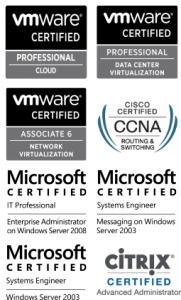NT Event ID: 1204 (Hex)0x843504b4 (cpqstmsg.dll)
Log Severity: Warning (2)
Event Title: Drive Array Accelerator Status Change.
Log Message: The array accelerator board attached to the array controller in %4 has a new status of %2.
SNMP Trap: cpqDa6AccelStatusChange – 3038 in CPQIDA.MIB
Symptom: Accelerator Board Status Change. This trap indicates that the agent has detected a change in the status of an array accelerator cache board. The current status is represented by the variable cpqDaAccelStatus.
User Action: If the accelerator board status is permDisabled(5), you may need to replace the accelerator board.
Supporting SNMP Trap Data:
• sysName
• cpqHoTrapFlags
• cpqDaCntlrHwLocation
• cpqDaCntlrModel
• cpqDaAccelCntlrIndex
• cpqDaAccelSerialNumber
• cpqDaAccelTotalMemory
• cpqDaAccelStatus
• cpqDaAccelErrCode
Supporting SNMP Trap Description: “Status is now [cpqDaAccelStatus].”
This trap may be accompanied by trap 3040:
Event ID 1206
Drive Array Accelerator Battery Failed. The array accelerator board attached to the array controller in Slot 3 is reporting a battery failure.
[SNMP TRAP: 3040 in CPQIDA.MIB]



